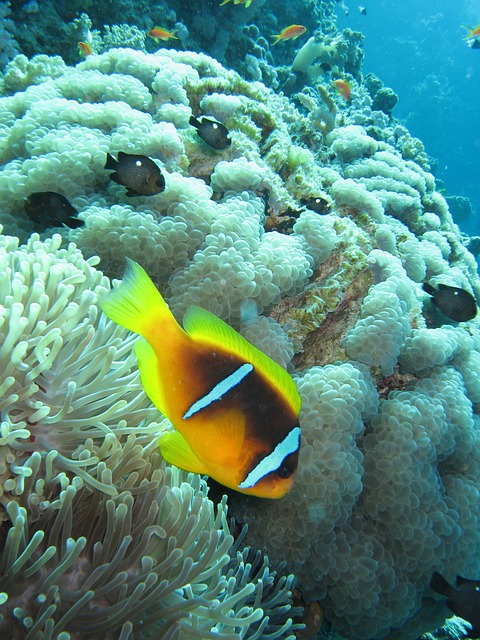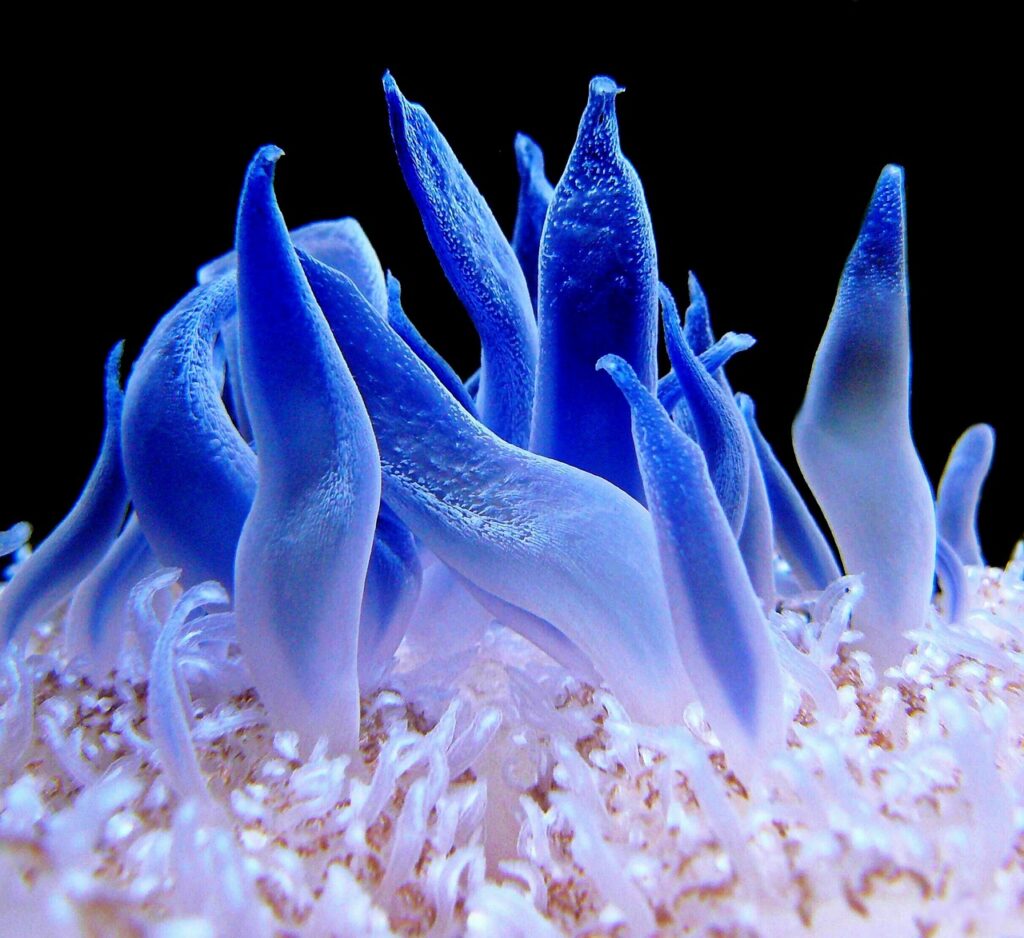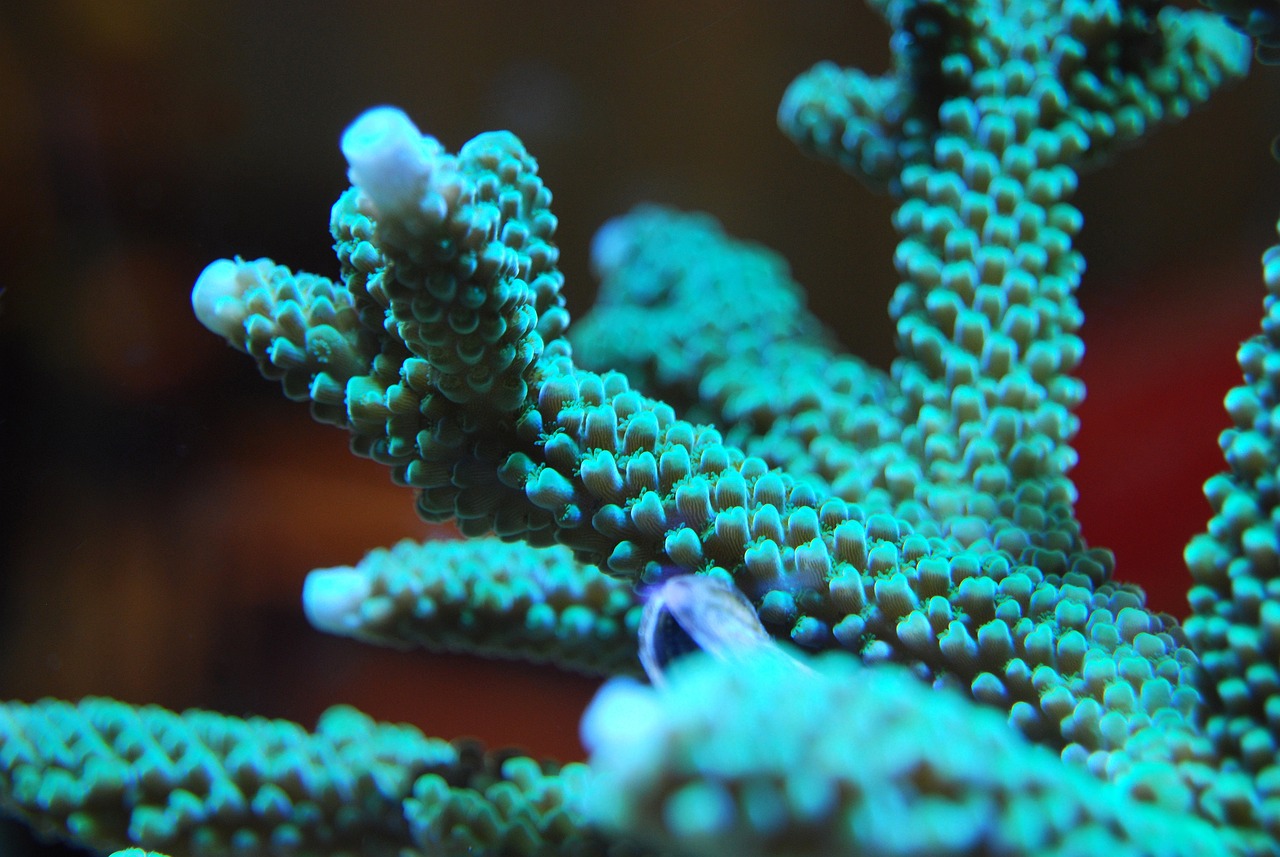The Red Sea, with its crystal-clear waters and breathtaking marine biodiversity, has captivated the hearts of underwater enthusiasts for centuries. Creating a Red Sea-themed aquarium allows hobbyists to bring a slice of this vibrant ecosystem into their homes. In this article, we will delve into the fascinating world of the Red Sea aquarium, exploring its unique characteristics, captivating inhabitants, and tips for recreating this awe-inspiring environment.
The Red Sea’s Pristine Waters:
The Red Sea is renowned for its incredibly clear waters, boasting excellent visibility that allows for stunning views of its diverse marine life. This pristine environment is a result of the sea’s limited access to river run-off, minimizing the presence of sediments and pollutants. Recreating this clarity in a Red Sea-themed aquarium involves meticulous filtration and maintenance to ensure optimal water quality.
A Kaleidoscope of Colorful Fish:
The Red Sea is home to an impressive array of vibrant and diverse fish species. From the iconic Emperor Angelfish with its striking blue and yellow patterns to the stunning Red Sea Clownfish with its bold orange hues, the fish inhabitants of the Red Sea aquarium are a sight to behold. Other notable species include the Red Sea Bannerfish, Arabian Butterflyfish, and Yellow Tang, each adding its own unique charm to the underwater landscape.

Mesmerizing Coral Reefs:
One cannot discuss the Red Sea without mentioning its magnificent coral reefs. These underwater ecosystems are teeming with life and provide a habitat for an incredible variety of corals, invertebrates, and fish. To recreate the mesmerizing beauty of Red Sea coral reefs in an aquarium, hobbyists can incorporate a selection of hard and soft corals, such as Acropora, Montipora, and Zoanthids. Proper lighting and water parameters are crucial for the health and growth of these delicate organisms.
Fascinating Invertebrates:
The Red Sea is home to an abundance of fascinating invertebrates that contribute to the ecosystem’s diversity. From the graceful movements of the Red Sea Starfish to the intricate patterns of the Blue Linckia Starfish, these invertebrates add a touch of elegance to the aquarium. Other notable invertebrates include vibrant Sea Anemones, Ornate Squat Lobsters, and various species of Shrimp. Providing suitable hiding places and appropriate water conditions is essential for the well-being of these captivating creatures.

Attention to Water Parameters:
Creating an authentic Red Sea aquarium requires careful attention to water parameters. The Red Sea is known for its warm waters and stable salinity levels. Maintaining a stable temperature between 75 to 82 degrees Fahrenheit (24 to 28 degrees Celsius) and a specific gravity of around 1.025 will help mimic the natural conditions of the Red Sea. Regular testing and proper equipment, such as heaters and protein skimmers, are essential for maintaining optimal water quality.
Live Rock and Substrate Selection:
To recreate the dynamic and vibrant Red Sea environment, incorporating live rock and substrate is crucial. A live rock provides a natural habitat for beneficial bacteria and helps create hiding places for fish and invertebrates. It also introduces various microorganisms that contribute to the overall biological balance of the aquarium. Selecting a suitable substrate, such as aragonite sand, mimics the sandy seabed of the Red Sea and allows for the growth of beneficial organisms.
Conservation and Sustainability:
While creating a Red Sea aquarium offers an opportunity to appreciate the beauty of this unique ecosystem, it’s essential to promote conservation and sustainability. Responsible sourcing of livestock, such as purchasing captive-bred fish and corals, helps minimize the impact on wild populations. Additionally, maintaining proper aquarium husbandry practices and adhering to sustainable collection guidelines contribute

